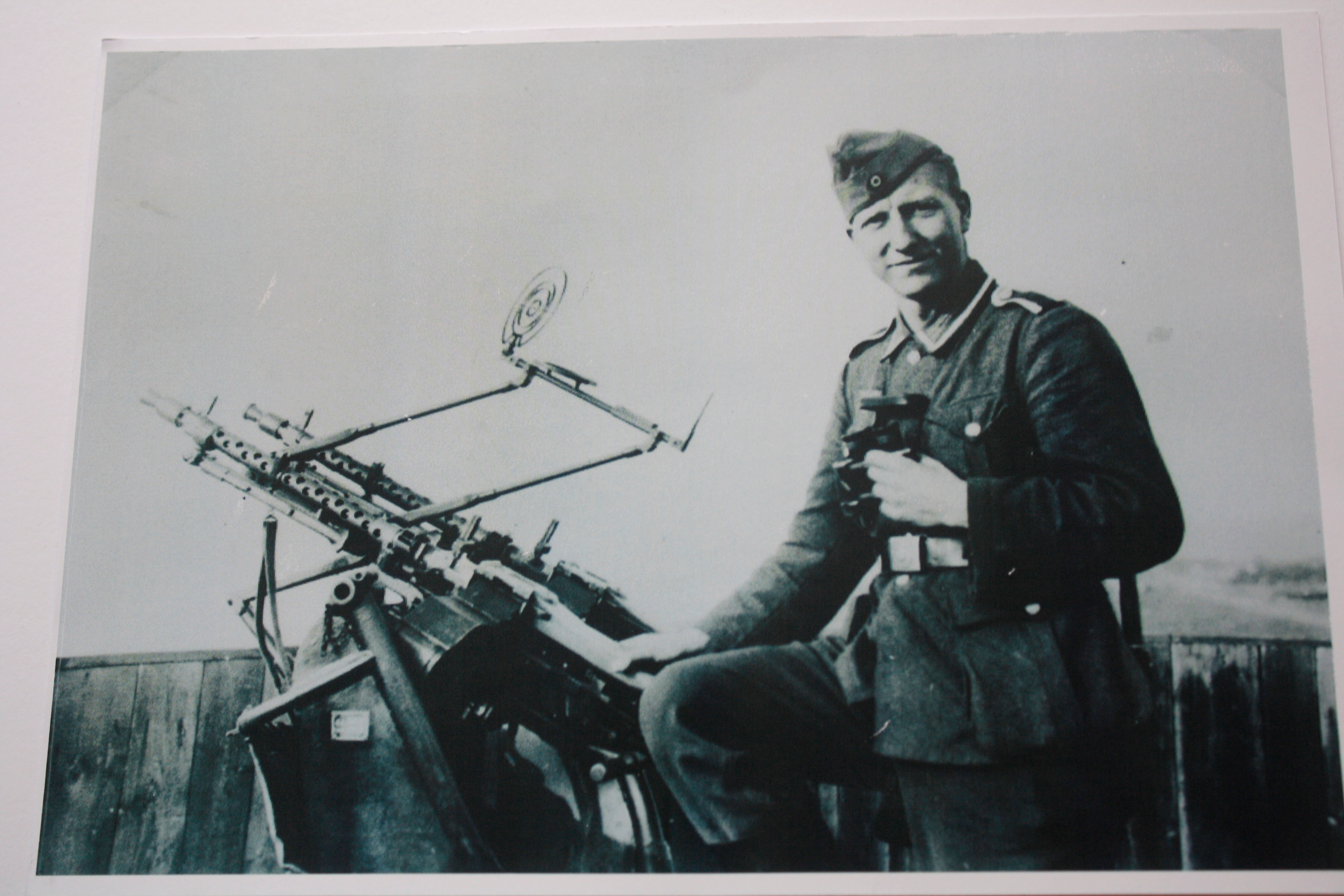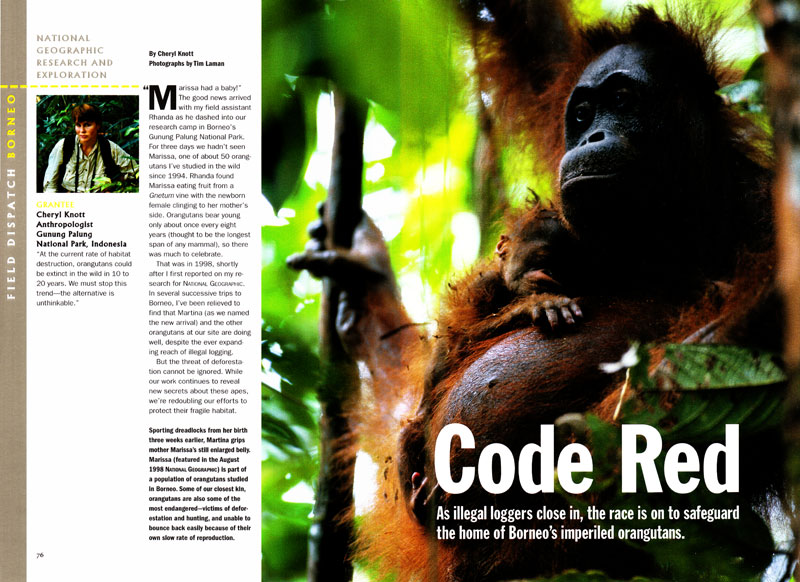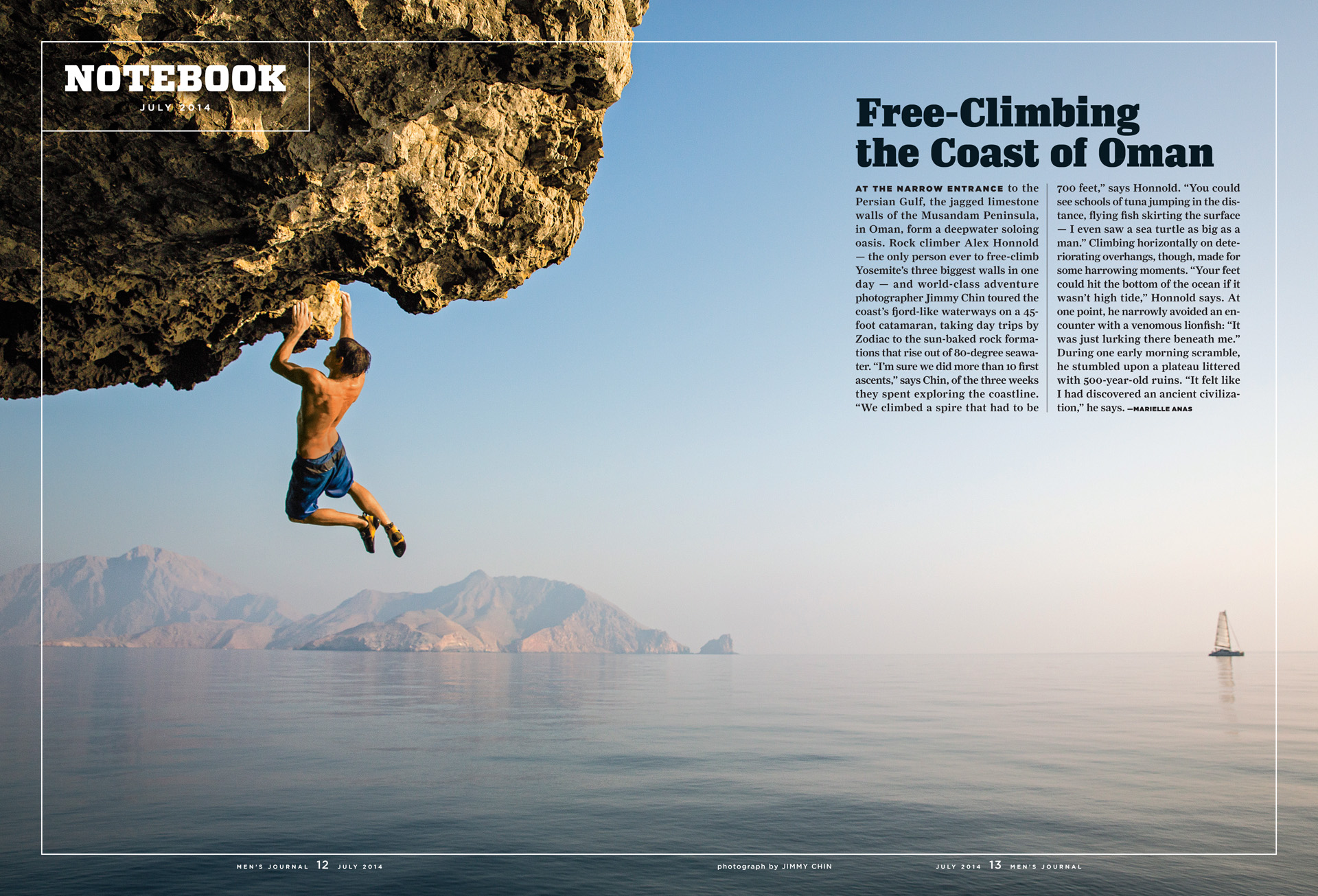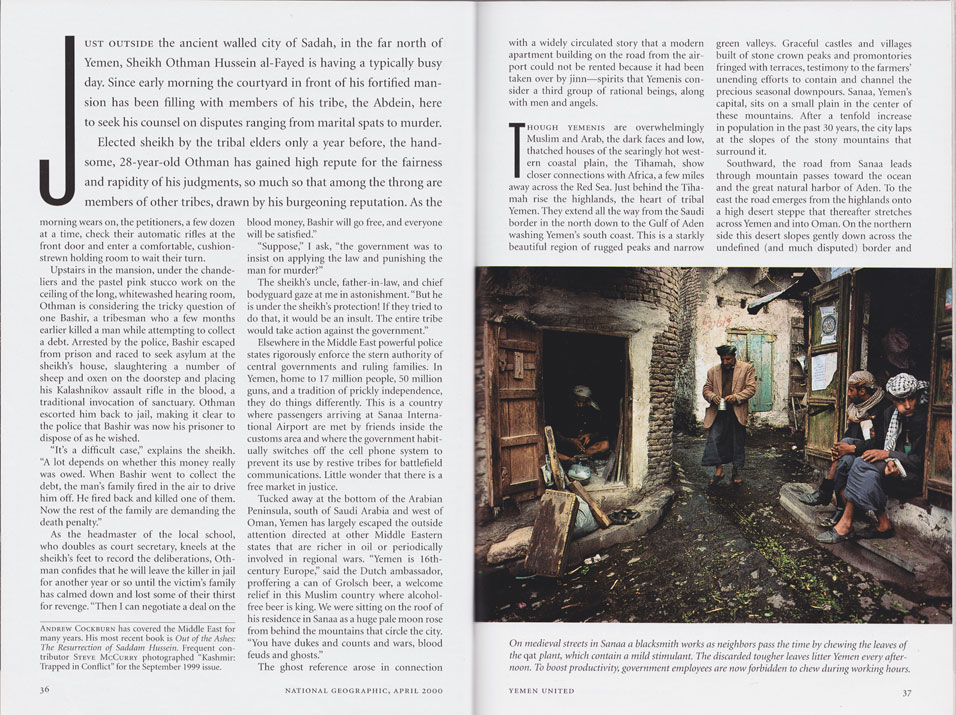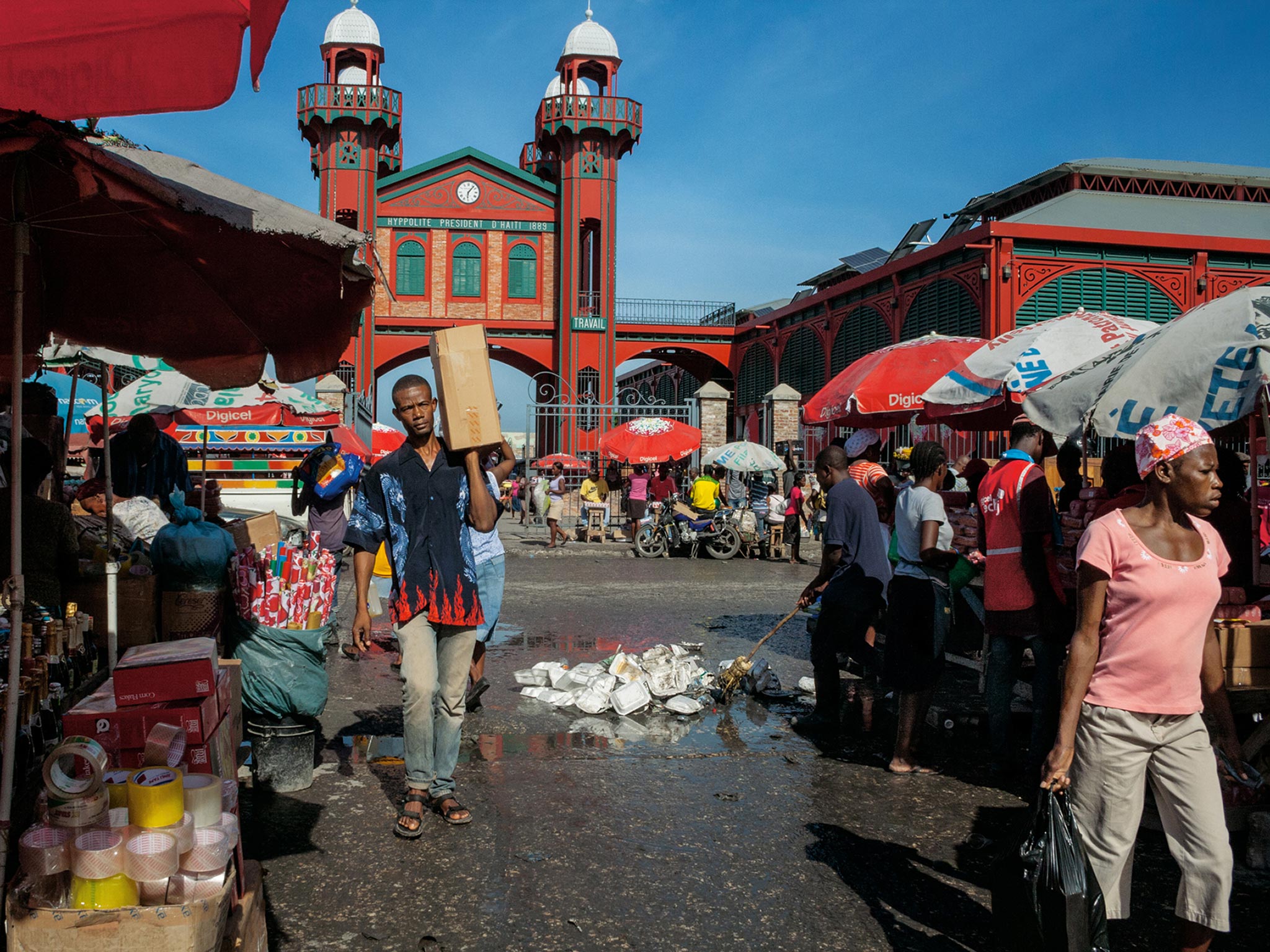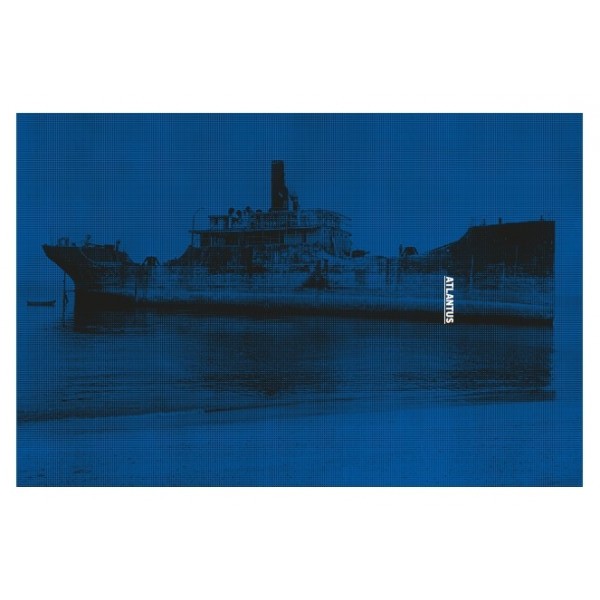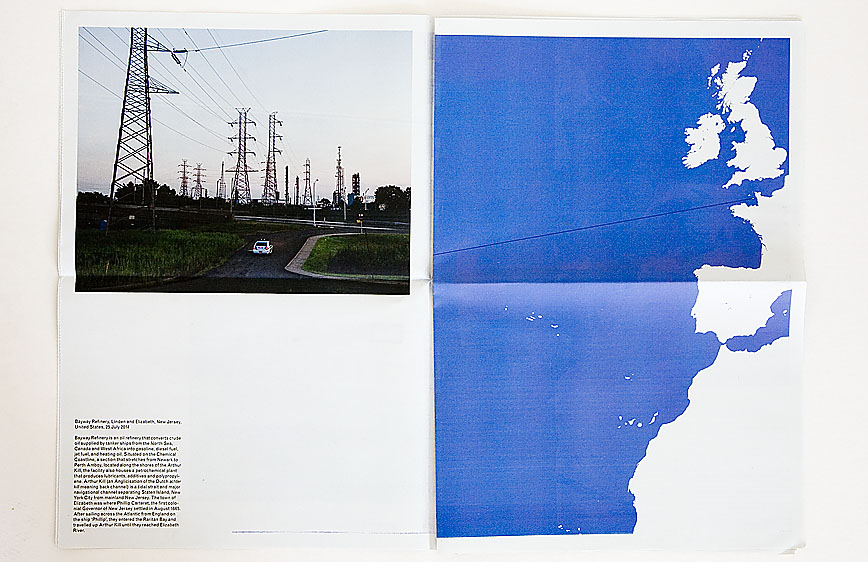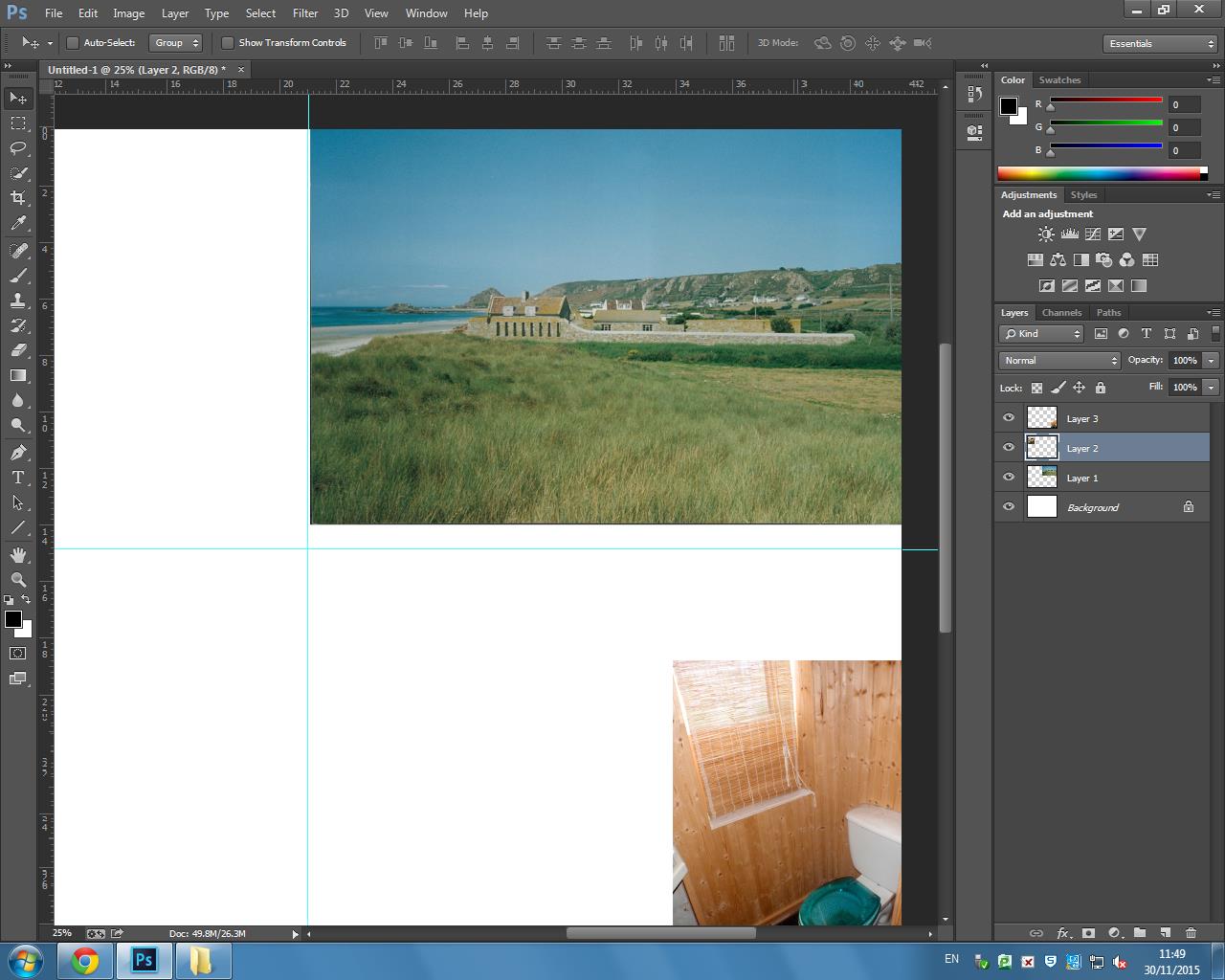Over the last term, I have managed to gain a wide variety of skills which contribute to archive research, extraction, development and documentation. The creative pathways scheme has gained me vital competences in a creative media, and has allowed me to feel confident in a workplace which is surrounded by these demands. Gareth Syvret and Karen Biddlecombe have helped me consistently to discover a new perception and insight into my personal study. Me and Karen extracted work from the archive which dated back to the post-war era, then with help from Gareth, we went through the images to see how it collaborated and linked with my project. This gave my project a new window into understanding the depth and relevance of me moving house.

As a final response, Gareth suggested that it was a good idea to place all the archival material we collected as a chronicle, for the viewer to understand the idea of a process, a space of time and a development, some of the key aspects I wished to consider in my project.
This is an example of how we pieced the final images together:
After this experience, I asked myself a few questions:
How has this experience changed my perception of the Archive?
When entering this process, I knew little about what the Archive does, and how it works towards the achievements Gareth and Karen co-ordinate. I realised soon after that my own perception of the archive was far from correct. There are various key aspects to the ‘Archive’ such as the archive itself, with images dating back over hundreds of decades. Sections of this can be used for the demands of Archeologists, Planning commissions, the Jersey Government, botanists, the environmental departments and many more to help with the development of their own investigations and relevance to history. The Library is also used thoroughly for archive extraction and exploration, with facilities like computers which link to the Archives database, which allows people to search using key words material they wish to extract. During my experience with the archive, I was lucky enough to discover some of these key aspects which are encapsulated within the Archive, I have learnt allot during this process.
What do you think when you hear the work ‘Archive’?
When I hear the word ‘Archive’ I instantly hear the words
” records / annuals / chronicles / registers / accounts / papers / documents / rolls / dossiers / files / deeds / ledgers / history / information / evidence / documentation / paperwork / formal muniments.”
The oxford definition for ‘Archive’ is:
“a collection of historical documents or records providing information about a place, institution, or group of people”
The repetition of the word ‘history’ and ‘historic’ elaborates the vast relation to family, architecture and other aspects of society which has been developed over the many years of archival information which is stored at the Societe Jersiaise. Archive has been very relevant towards my project, my key theme ‘family’ has encouraged me to find features which relate to my life changing experience when moving house.
How will these skills be useful to you in a creative / non- creative workplace?
I feel very much so that I have developed various skills in the creative workplace by the extraction, exploration and editorial processes of images and text presented by the Archive. Gareth and Karen have given me allot of support in the beginning weeks of this process, which then slowly got handed over to me. I was given tasks to do independently, allowing me to feel good about the outcomes I was achieving. Doing simple jobs like printing and filling also made me feel apart of their work force. Developing images in Photoshop, re-sizing and editing gained me skills with the editorial processes which are vital when depicting a certain hypothesis within an image.As well as developing creative skills, I feel I have developed major ‘soft skills’ in the workplace, which would be vital in any work-related area. I feel allot more confident with handling images and media, and genuinely confident to chat and talk to Gareth and Karen. I felt having a good relationship between the two of them incised me to communicate with them better. I felt the privileges of having a responsibility in the workplace made me feel motivated towards my goals of my project, and I became willing to succeed in Archival research and handling of materials. Punctually, turning up to a job encourages you to be more independent, and I felt as this process came along I gained more and more enthusiasm towards my want to succeed as a willing and passionate intern, as I saw the goals I wanted to achieve.
Would you recommend the Archisle contemporary photography programme to other people? Why?
I would defiantly recommend this programme to anybody who is passionate about archival research and history. I feel it’s an amazing experience which I have gained so many important skills from. Gareth and Karen have been amazing role models in the work place, and they’ve inspired me to “make a mark” on history, encouraging me to think outside the box with my project relating my documentations to real life circumstances. I would of never felt confident working in a creative or non-creatove media without the help and commitment they have done for me, as their provision and time for my contribution has never been so beneficial. I am so grateful for the time and effort they have done for me, and they skills I have gained will help me incredibly in years to come when I pursue a career in any field of work.

